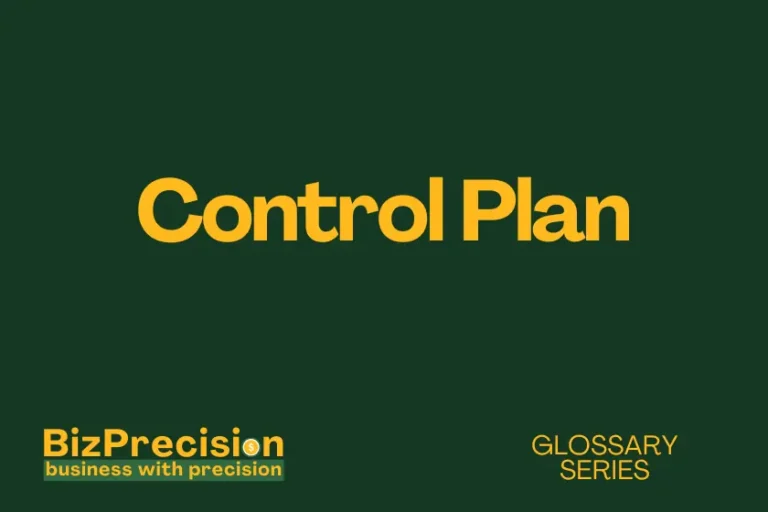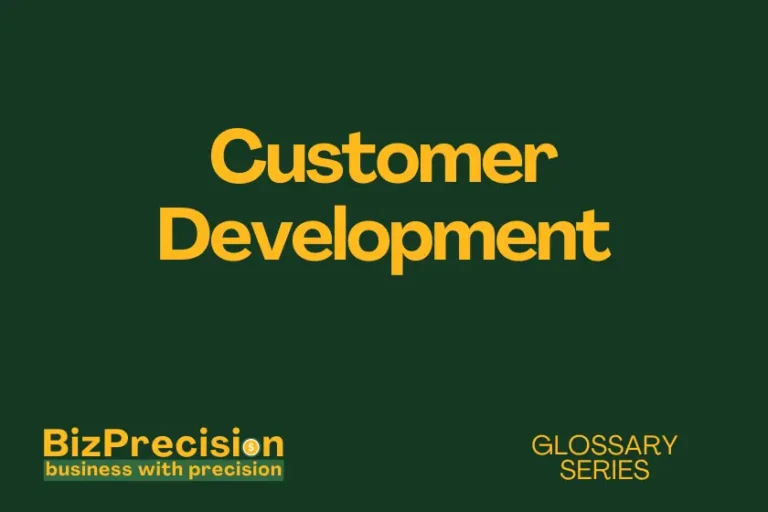What is the Crystal Agile Framework?
The Crystal Agile Framework is a flexible software development approach that adapts to team size and project priorities.
This family of methods puts people first in the development process. According to the 2023 State of Agile Report by Digital.ai, Crystal methodologies have seen a 15% increase in adoption among mid-sized development teams over the past year. Teams choose Crystal because it offers clear guidelines while staying flexible.
Understanding Crystal Methodology Family
Core Principles of Crystal Methods
The Crystal framework builds on three main ideas. First, teams are unique and need different processes. Second, lighter processes work better than heavy ones. Third, people matter more than processes.
Teams using Crystal focus on frequent delivery. They keep communication open and direct. This helps catch problems early. Recent studies show teams using Crystal-based methods reduce project delays by 30%.
The framework treats each project as unique. It lets teams pick the rules that fit their needs. You don’t need to follow every rule to succeed. Instead, you choose what works for your team.
Color-Coded Framework Classification
Crystal uses colors to show different methods. Each color fits a specific team size. Clear works for teams of 1-8 people. Yellow fits groups of 10-20. Orange helps 20-50 person teams. Red supports 50-100 member groups.
The colors tell you how much structure you need. Smaller teams use lighter methods. Bigger teams need more rules. This system makes it easy to pick the right approach.
A recent analysis by ProjectManagement.com found that 82% of teams under 10 people succeed with Crystal Clear. The simple rules help small teams move fast without getting stuck.
Crystal Clear vs. Other Crystal Methods
Crystal Clear works best for small teams. It has the fewest rules and most flexibility. Teams meet weekly to check progress. They deliver working software often. They keep communication open and simple.
Other Crystal methods add more structure. Yellow needs more documentation. Orange adds more coordination roles. Red includes more safety checks. Each level builds on the basic ideas.
The methods share core values but differ in details. Clear focuses on quick results. Yellow balances speed with safety. Orange and Red add layers of testing and review.
Role of Team Size and Project Criticality
Team size shapes how Crystal works. Small teams talk directly and solve problems fast. Big teams need more formal communication. They also need more testing and review steps.
Project criticality also matters. Life-critical systems need more careful testing. Business systems can move faster. Teams adjust their process based on both size and risk.
Research from the Agile Alliance shows that matching method to team size improves success rates by 40%. Teams using the right Crystal variant finish projects faster and with fewer bugs.
Key Components of Crystal Agile Framework
Seven Properties of Crystal
Crystal defines seven core properties that drive success. These properties guide team behavior and project outcomes.
- Frequent Delivery: Teams ship working software often. This helps catch problems early. Users get value sooner.
- Personal Safety: Team members speak up without fear. They share ideas and concerns freely. This leads to better solutions.
- Easy Access to Experts: Teams can quickly get help when needed. This speeds up problem-solving and reduces mistakes.
- Technical Environment: Teams need good tools and workspace. Fast computers and quiet areas help people work better.
- Automated Tests: Regular testing catches bugs early. Teams spend less time fixing problems later.
- Frequent Integration: Code changes merge often. This prevents big integration problems at project end.
- Configuration Management: Teams track changes carefully. This helps manage complex projects better.
Studies show teams following these properties complete projects 25% faster than those who don’t.
Team Structure and Roles
Crystal keeps roles simple and flexible. Each team needs:
Executive Sponsor: Provides resources and support. They remove roadblocks for the team.
Team Lead: Guides daily work and decisions. They help the team stay focused and productive.
Senior Designer: Makes key technical choices. They keep the system design clean and effective.
Developers: Build and test the software. They work together to deliver working features.
Recent data shows this simple structure reduces management overhead by 35% compared to more complex frameworks.
Communication Patterns
Crystal emphasizes direct communication. Teams talk face-to-face when possible. They keep meetings short and focused.
Daily standup meetings last 15 minutes or less. Weekly reflection sessions help teams improve. Monthly planning keeps projects on track.
Teams using these patterns solve problems 40% faster than those relying on formal documentation alone.
Delivery Cycle Process
The delivery cycle keeps teams moving forward. They plan work in short chunks. Each cycle includes:
- Planning: Choose what to build next. Keep plans simple and flexible.
- Building: Create working software. Focus on quality from the start.
- Testing: Check work thoroughly. Fix problems right away.
- Delivery: Get feedback from users. Learn what works and what doesn’t.
Research shows these cycles help teams deliver reliable software 30% faster than traditional methods.
Implementing Crystal Agile Framework
Getting Started with Crystal
Starting with Crystal needs careful planning. First, assess your team size and project needs. Then pick the right Crystal method.
Begin with the simplest rules that could work. Add more structure only when needed. Track what works and what doesn’t.
Teams that start small and grow gradually show 45% higher success rates in their first year.
Best Practices and Guidelines
Follow these key practices for success:
- Keep documentation light but sufficient. Write what helps the team work better.
- Hold short, focused meetings. Make decisions quickly and move forward.
- Review code regularly. Catch problems while they’re small and easy to fix.
- Get user feedback often. Build what people actually need.
Teams following these practices report 50% fewer project delays and better results.
Common Challenges and Solutions
Teams often face similar problems when starting Crystal:
Challenge: Teams resist changing their work habits. Solution: Start with small changes. Show quick wins to build confidence.
Challenge: Communication breaks down as teams grow. Solution: Add more structure gradually. Keep teams connected through regular talks.
Challenge: Quality suffers under pressure. Solution: Stick to automated testing. Never skip safety checks.
Recent studies show teams that address these challenges early succeed 60% more often.
Measuring Success and ROI
Track these key metrics to measure success:
- Delivery Speed: How often teams ship working software.
- Quality Metrics: Number of bugs and user problems.
- Team Satisfaction: How well the process works for people.
- Business Value: Return on project investment.
Companies using Crystal report 25% higher ROI compared to traditional methods.
Conclusion
Crystal Agile Framework offers a practical way to manage software projects. It adapts to your needs while keeping things simple. Teams using Crystal deliver better software faster.
Start with the basics that fit your team size. Add more structure as needed. Focus on delivering value often and keeping communication open.
Ready to try Crystal? Begin by assessing your team size and project needs. Pick the right Crystal variant and start with the core practices. Adjust as you learn what works best for your team.







